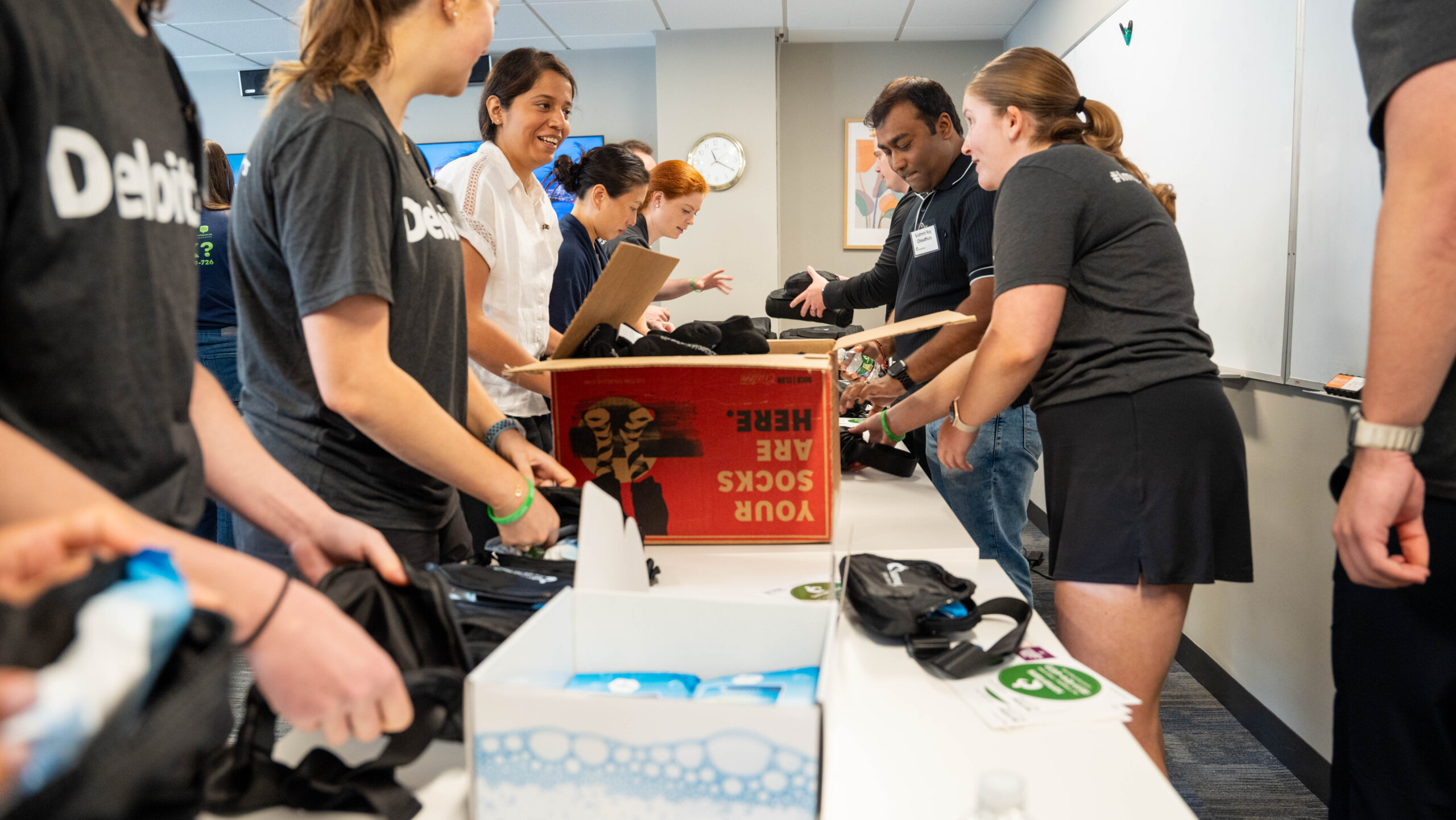“It’s the most wonderful time of the year!” We hear it said to us on repeat during the last months of the calendar year. It’s even sung to us in song. The expectation is that the holiday season be a time of joyful gathering.
Unfortunately, though, this bottomless ‘cup of cheer’ that is supposed to come from being together with others is not always the reality for many people during the holiday season. 38% of people say their stress increases during the holidays, and 64% of individuals living with a mental illness feel that their conditions worsen.
So, how can we foster more connection and self-care at gatherings during this holiday season to prevent this?
Here are a few reflections and tips:
- Practicing Self-Care
The key to practicing self-care at holiday gatherings is to create space for yourself. This can include:- Acknowledging your feelings: The pressure to be happy and to be social when at gatherings can make it hard for you to share. It can be helpful to acknowledge feelings that aren’t joyful because oftentimes you will find that you are not alone in feeling this way.
- Being flexible with your traditions: Longstanding traditions can bring joy for some, and at other times, it can bring up old trauma or family conflicts. Allow yourself the space and flexibility in gatherings to honor your traditions or to create new ones depending on your needs.
- Avoiding alcohol: Avoid numbing your feelings by using alcohol or other substances because it can worsen anxiety and depression.
- Talking with your loved ones: Let your loved ones know how they can support you if you are struggling during the holidays. This can be asking for help with tasks you need to do or simply asking them to spend time with you.
- Fostering Connection
The key to fostering connection at holiday gatherings is to practice active listening. Active listening is a communication skill that requires you to go beyond simply hearing the words that another person speaks and instead seek to understand the meaning and intent behind what someone chooses to share. To practice active listening, you aim to:- Be fully present in the conversation: To concentrate on what is being said, you need to be fully present. This includes putting away your cell phone, ignoring distractions. Place your focus on your conversation partner.
- Notice (and use) non-verbal cues: Up to 65% of a person’s communication is non-verbal. Paying attention to people’s tone, talking speed, and hand gestures can give you insight into how they are feeling and what they are trying to say. When you use non-verbal cues like leaning in and nodding at key junctures, you are communicating that you care about what they have to say.
- Ask open-ended questions: Asking open-ended questions – rather than yes or no questions – allows the conversation to flow more easily. It also shows care and an interest, which invites the other person to be more open and trusting when talking with you. Here is a list of open-ended questions that you could refer to.
- Reflect back what has been said: When someone shares something at a gathering, telling them what you heard helps to ensure that you truly understood them. It also helps the other person feel validated and understood. This active listening practice also helps to keep any potential miscommunications to a minimum.
- WAIT (Why am I talking?): When you try to fill periods of silence with your own thoughts or stories or when you find yourself preparing a reply while the other person is still speaking, you are not listening to understand. Hearing someone fully requires patience and being comfortable with quiet.
- Withhold judgment and advice: When you do your best to make space for others’ views by remaining non-judgmental, your friends and family members can feel comfortable sharing their thoughts.
It is true that the holidays can sometimes feel overwhelming, but it’s important for us to remember that we have more control at holiday gatherings than we think we do. When we prioritize our self-care and connecting with others , it can be possible to find joy at holiday gatherings. It may not become “the most wonderful time of the year”, but it can definitely become a season with glimpses of hope.
Sources:
- Cuncic, Arlin. “What is Active Listening?”. Very Well Mind. 9 November 2022. https://www.verywellmind.com/what-is-active-listening-3024343
- “Fostering Peaceful Holiday Gatherings in a Time of Fear and Anger.” Public Square Magazine. 22 November 2021. https://publicsquaremag.org/faith/holidays/fostering-peaceful-holiday-gatherings-in-a-time-of-fear-and-anger/
- “McLean’s Guide to Managing Mental Health Around the Holidays.” McLean Harvard Medical School Affiliate. 5 December 2022. Link.









